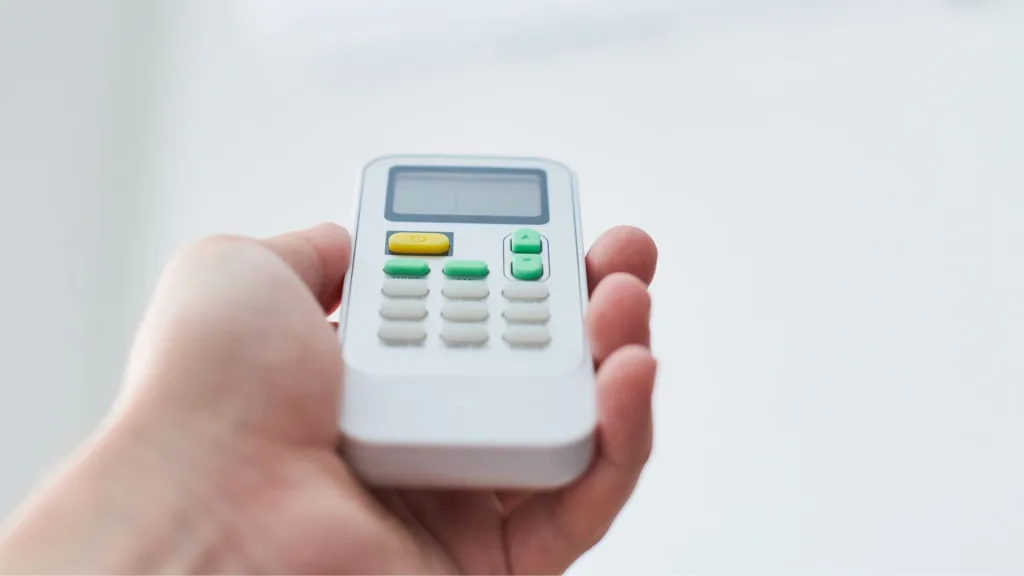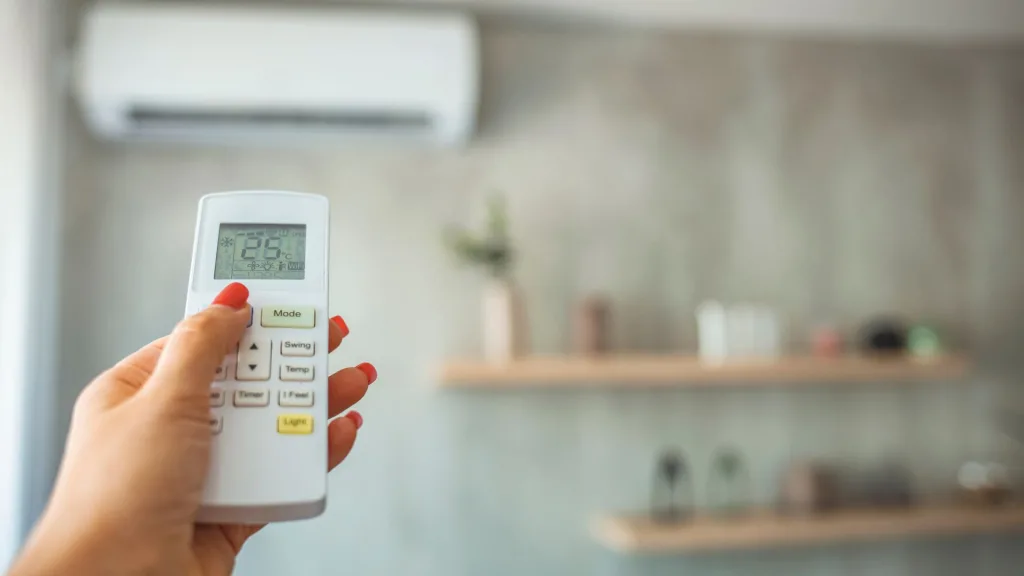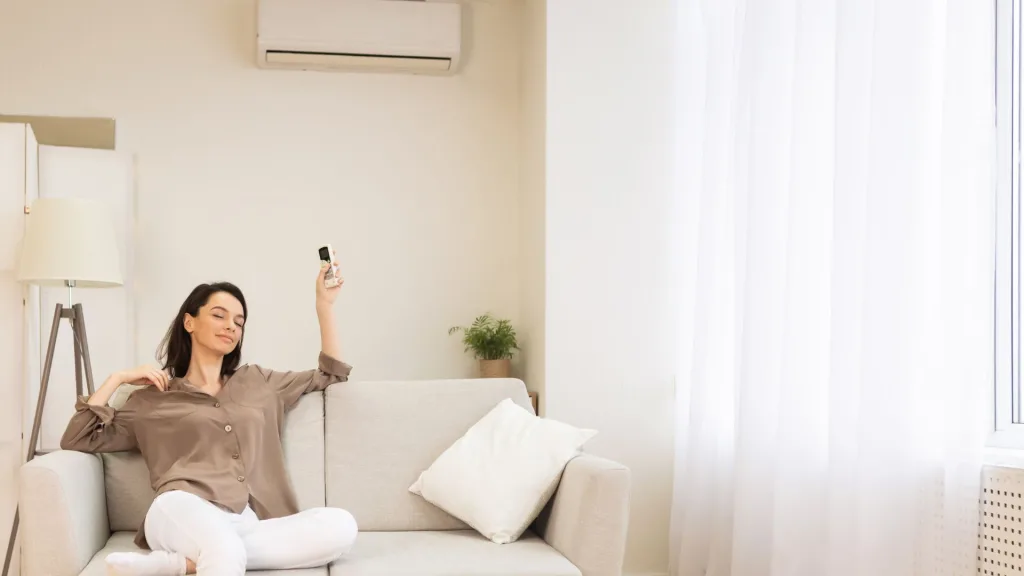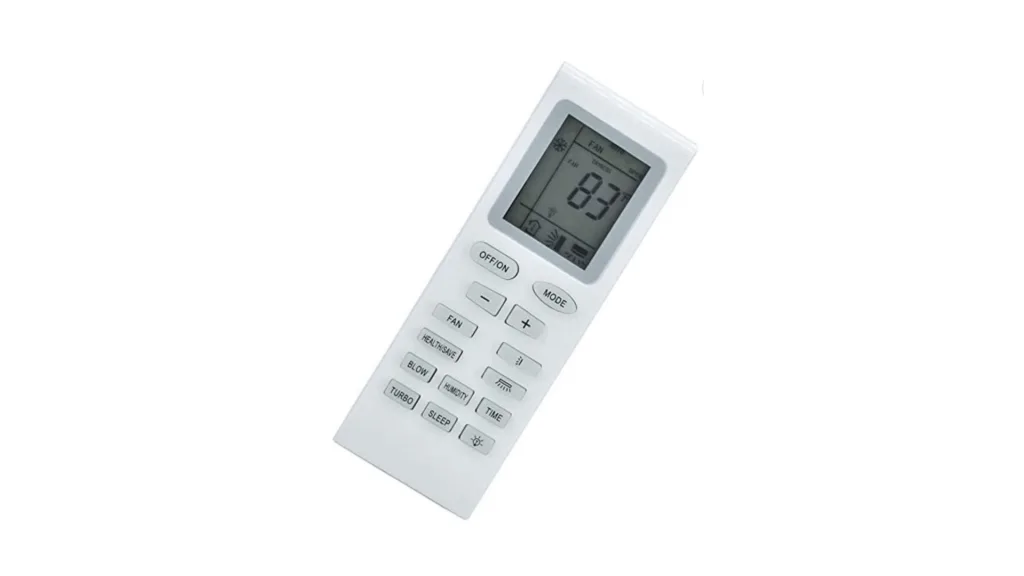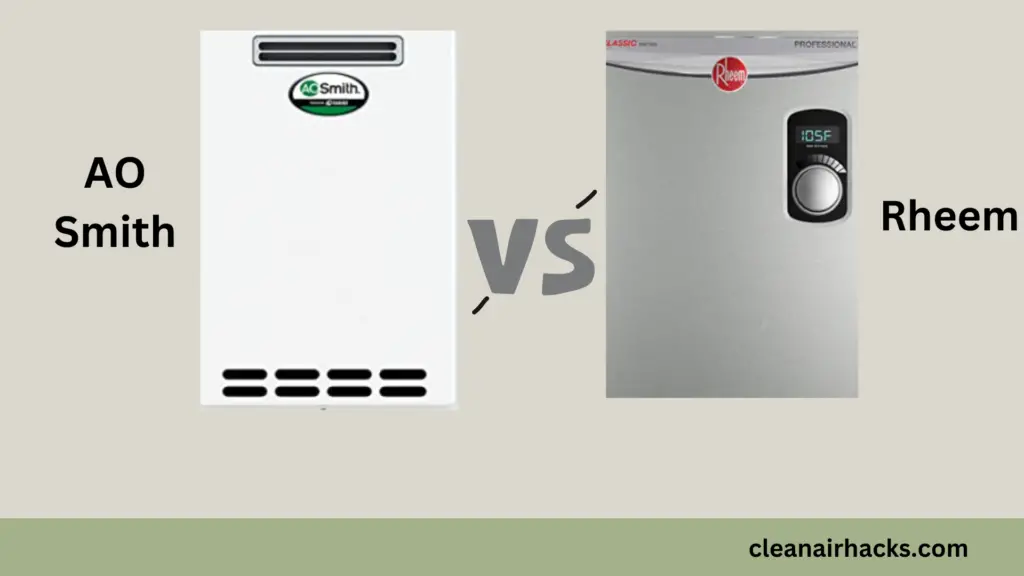Breathe Easy With Clean Air Hacks
Learn about how to get the best quality air in your home. Product reviews, how to’s and more.

Welcome To Clean Air Hacks
We are keen to deliver the best and up-to-date information on Improving your Indoor Air quality in homes, offices, schools, etc.
We also review products like Air Purifiers, Humidifiers, Space heaters, Dehumidifiers, and more to help you make the most of your products and use them effectively.
Most Popular Articles
Levoit Air Purifier Red Light Reset After Filter Change
Hey there, air purifier enthusiasts! This friendly and casual article will discuss the Levoit air…
Does Vaping Indoors Stain Walls Or Leave Sticky Residue?
As an ex-smoker who’s used my fair share of vapes and e-cigarettes, I know something…
How To Clean A Vornado Fan – Standing, Tower, Disassembly
If you use fans in your home, chances are they have accumulated dust and dirt…
How to Unlock Gree AC Remote In No Time!
If you are a Gree AC owner, you may have encountered the issue of a…
How to Reset Gree AC Remote Settings: Step-by-Step Guide
Gree air conditioners are popular for many homeowners due to their energy efficiency and reliability….
Gree AC Remote Functions – Setting Cooling Modes, Timer, Etc
The remote control is an essential tool when controlling your Gree air conditioner. However, getting…
Gree AC Remote Symbols & Functions
The Gree air conditioner remote control symbols are designed to help users decide on the…
Gree AC Remote Not Working: Troubleshooting Guide
When it comes to air conditioning, the remote control is an essential tool for controlling…
Homedics Air Purifier: Why Is the Red Light Blinking?
As a Homedics air purifier owner, I know how important it is to have clean…
How To Connect Levoit Air Purifier To Wifi
Welcome to this friendly and casual guide on connecting your Levoit air purifier to your…
Rheem Tankless Water Heater Error Codes (H103, E5, 45, 11, Etc.)
If you’re like me, you know the value of a good hot shower on a…
Best Position For Vornado Fan (Where To Place)
I’ve seen my fair share of fans in my day, and let me tell you,…
Vornado Fan Stopped Working? Troubleshooting, Resetting & Repair
I know how much y’all love your Vornado fans, but sometimes they can act up…
How Long Does Vape Smoke Stay In The Air And Linger?
As an ex-smoker who’s gone down the vape road, I reckon I can give you…
Do Vapes Set Off Smoke Alarms, Fire Alarms, Or Smoke Detectors?
Regarding smoke detectors and vape smoke, things can get a little tricky. Let me break…
Troubleshooting Your HoMedics Humidifier Not Working
You might be wondering why having a humidifier that works is essential. Well, let me…
Crane Humidifier Red Light When Full – Won’t Turn Off: Causes And Solutions
A Crane humidifier is an efficient household appliance that keeps ideal indoor humidity levels if…
Rheem Vs AO Smith Water Heater: Which one is the Best?
Water heaters are essential for various household purposes, especially during chilly weather. Regarding water heaters,…
How To Hide Vape Smoke Indoors (5 Effective Ways)
This post will guide you on stealth vaping indoors. Also, you’ll find the five most effective…
Latest Articles
Dehumidifier Hose Not Draining Troubleshooting Guide
You may think dealing with a dehumidifier hose that is not draining is a job…
Filter Vs No Filter Humidifier
As you navigate through the fog of decision-making, think of a filter in a humidifier…
Frida Humidifier Not Working? How To Get It Back To Working Order
Hey there! Are you having trouble with your Frida humidifier? No worries, we’ve got your…
Benefits of Clean Air inside your homes:
It’s strange yet fascinating that we spend about 90% of our time indoors. Here are a few benefits of clean Indoor Air on your health:
- Improved respiratory health: Good indoor air quality can help reduce the risk of respiratory issues, such as asthma and allergies.
- Increased energy and productivity: Poor indoor air quality can cause headaches, fatigue, and other health issues that can affect productivity. Improved air quality can help people feel more energized and focused.
- Enhanced sleep quality: Good indoor air quality can help people sleep better by reducing allergens and other pollutants that can cause respiratory issues at night.
- Reduced risk of illness: Poor indoor air quality can increase the risk of respiratory infections and other illnesses. Improved air quality can help reduce the risk of illness.
- Increased comfort: Good indoor air quality can make a space feel more comfortable and inviting, especially for people with allergies or respiratory issues.
- Lower energy costs: Poor indoor air quality can lead to higher energy costs as people try to keep their homes or offices comfortable. Improved air quality can help lower energy costs by reducing the need for heating and cooling.
- Increased property value: Good indoor air quality can be a selling point for a home or office, potentially increasing the property’s value.
Pay attention to your Indoor Air:
Here are 20 reasons why your indoor air is polluted and needs to be cleaned:

- Smoking indoors: Smoking inside a building can significantly increase the levels of indoor air pollution.
- Incorrectly installed or poorly maintained heating, ventilation, and air conditioning (HVAC) systems: HVAC systems that are not functioning properly can contribute to poor indoor air quality.
- Mold growth: Mold can grow in areas of high humidity or where there has been water damage. It can release spores into the air, which can cause respiratory issues.
- Pesticides and other chemicals: Using pesticides or other chemicals indoors can release harmful vapors into the air.
- Volatile Organic Compounds (VOCs): VOCs are gases emitted from certain products or materials, such as paints, adhesives, and cleaning supplies. They can cause indoor air pollution.
- Radon gas: Radon is a naturally occurring gas that can seep into homes through cracks in the foundation or other openings. It can cause lung cancer if inhaled over a long period of time.
- Carbon monoxide: Carbon monoxide is a colorless, odorless gas that can be emitted from appliances, such as gas stoves or water heaters. It can be deadly if inhaled in large amounts.
- Asbestos: Asbestos is a fibrous material that was once commonly used in building materials. It can release fibers into the air if it is damaged or disturbed. Asbestos is a known carcinogen.
- Dust and dirt: Dust and dirt can accumulate in homes and offices, contributing to poor indoor air quality.
- Pet dander: Pets can shed dander, which can trigger allergies or asthma in some people.
- Pollen: Pollen from plants can enter a building through open windows or doors, causing indoor air pollution.
- Insects: Insects can leave behind droppings and shed skin, which can contribute to indoor air pollution.
- Lead paint: Lead paint can release harmful fumes if it is damaged or disturbed.
- Formaldehyde: Formaldehyde is a chemical that is found in certain building materials and household products, such as pressed wood and certain types of insulation. It can cause respiratory issues if inhaled.
- Poorly ventilated rooms: Rooms that do not have proper ventilation can trap pollutants and contribute to poor indoor air quality.
- Crowded spaces: Crowded spaces, such as schools and offices, can have higher levels of indoor air pollution due to the presence of many people.
- Lack of air filtration: Buildings that do not have air filtration systems can have higher levels of indoor air pollution.
- Dry air: Dry air can cause respiratory issues and can be caused by low humidity or the use of certain appliances, such as dehumidifiers or wood stoves.
- Fireplaces: Fireplaces can release pollutants into the air if they are not properly maintained.
- Poorly maintained carpets: Carpets that are not properly cleaned or maintained can release pollutants into the air, including dust, dirt, and mold.


